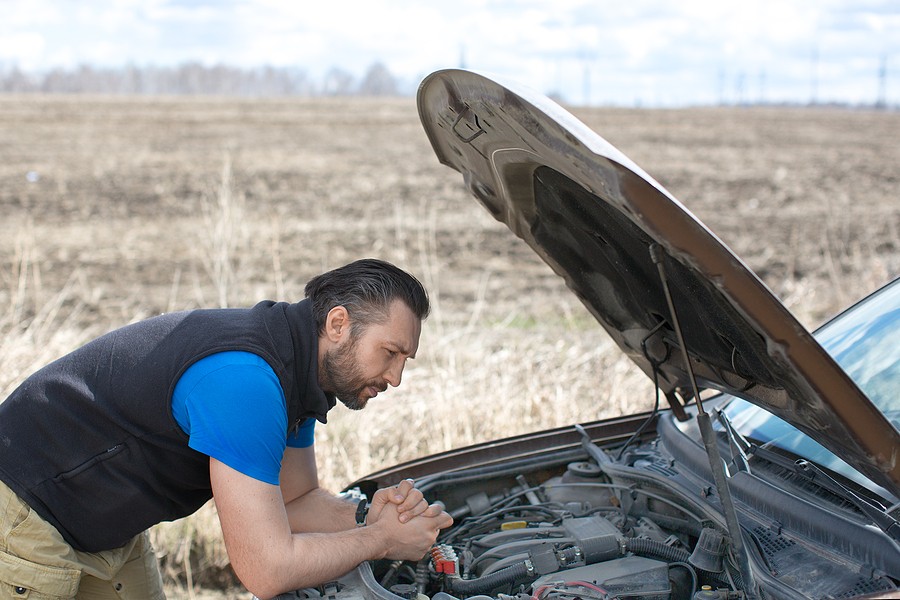Paying for car repairs can be a daunting task, especially if you don't have the money on hand to cover the cost. Whether it's a minor issue or a major repair, the expenses can add up quickly and leave you feeling overwhelmed. If you're in this situation, don't panic. There are a few options available to help you pay for car repairs without breaking the bank.
Option 1: Use credit cards
One option for paying for car repairs without having the cash on hand is to use credit cards. This can be a good option if you have good credit and can qualify for a card with a low interest rate. Keep in mind, however, that using credit cards can be risky if you're not careful. Make sure to pay off your balance as soon as possible to avoid accruing interest and adding to the overall cost of the repairs.
Option 2: Take out a personal loan
Another option for paying for car repairs is to take out a personal loan. Personal loans are typically unsecured loans, which means they don't require collateral like a car or a house. This can make them a good option for people who don't have collateral or who don't want to put their assets at risk. Personal loans also tend to have lower interest rates than credit cards, which can make them a more cost-effective option.
Option 3: Get a loan from a bank or credit union
If you have a good credit score and a solid financial history, you may be able to get a loan from a bank or credit union to cover the cost of car repairs. These types of loans tend to have lower interest rates than personal loans, and the application process is generally more straightforward. However, getting a loan from a bank or credit union may take longer than other options, so it's important to plan ahead if you go this route.
Option 4: Use a cash advance
If you have a credit card with a high credit limit, you may be able to get a cash advance to cover the cost of car repairs. A cash advance is essentially a short-term loan that you can get by using your credit card to withdraw cash from an ATM or bank. The interest rate on cash advances is typically higher than the rate for regular credit card purchases, so it's important to pay off the balance as soon as possible to avoid accruing interest.
Option 5: Look for financing options from the repair shop
Many auto repair shops offer financing options to help customers pay for repairs. These options can include financing through the repair shop or through a third-party lender. It's worth asking the repair shop if they offer financing, as they may be able to offer you a more favorable interest rate than you could get elsewhere. Just be sure to read the terms and conditions carefully before signing up for any financing offer.
Option 6: Negotiate with the repair shop
If the cost of the repairs is more than you can afford, you may be able to negotiate with the repair shop to get a lower price. This can be especially effective if you have a long-standing relationship with the shop or if you're able to show that the cost of the repairs is significantly higher than what you expected. Keep in mind, however, that the repair shop may not be willing to negotiate, especially if the cost of the repairs is already discounted.
Option 7: Look for alternative sources of funding
If none of the above options work for you, you may be able to find alternative sources of funding to pay for car repairs. This can include borrowing money from friends or family, taking out a title loan (where you use your car as collateral), or even setting up a crowdfunding campaign to raise money from friends and strangers.
Option 8: Consider trading in or selling your car
If the cost of the repairs is significantly more than the value of your car, it may make more financial sense to trade it in or sell it. This can be a tough decision to make, especially if you're attached to your car, but it may be the most financially responsible option. You may be able to use the money from the sale or trade-in to put towards a newer, more reliable car.
Option 9: Try to save money on repairs
Finally, if you're unable to secure financing or find alternative sources of funding, you may need to try to save money on the repairs themselves. Here are a few ways you can do this:
- Shop around: Don't assume that the first quote you get is the best one. Call around to a few different repair shops to see if you can get a better price.
- Ask for discounts: Many repair shops offer discounts for students, military personnel, and AAA members. If you fall into one of these categories, be sure to ask for a discount.
- Do the work yourself: If you're handy and comfortable working on cars, you may be able to save money by doing some of the repairs yourself. Just be sure to do your research and be cautious to avoid causing further damage to your car.
- Use aftermarket parts: OEM (original equipment manufacturer) parts can be expensive. If you're looking to save money, you may be able to use aftermarket parts instead. These are parts that are made by a company other than the original manufacturer, but they're designed to fit and work just like the OEM parts.
Paying for car repairs can be a challenge, especially if you don't have the money on hand. But by exploring your options and being proactive, you can find a solution that works for you. Whether it's using credit cards, taking out a loan, or looking for alternative sources of funding, there are options available to help you get the repairs you need.



